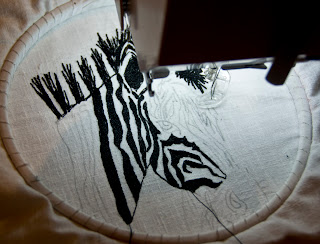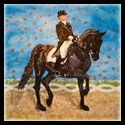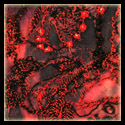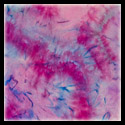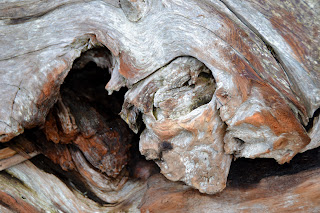 I’ve been thinking once again about designing with a specific theme in mind. If you have entered into juried shows that have a theme, you know the dilemma. How literal do I need to make this piece to fit the theme? Or perhaps you’ve just skipped entering those shows.
I’ve been thinking once again about designing with a specific theme in mind. If you have entered into juried shows that have a theme, you know the dilemma. How literal do I need to make this piece to fit the theme? Or perhaps you’ve just skipped entering those shows.
 Since my preferred style in which to make art is representational or pictorial, I don’t usually have a great difficulty with making something to fit a theme. My struggle is more about whether I really want to make a piece or not for that show.
Since my preferred style in which to make art is representational or pictorial, I don’t usually have a great difficulty with making something to fit a theme. My struggle is more about whether I really want to make a piece or not for that show.
As an example, I’d like to share about the 50th Anniversary Celebration of the Seattle Center. In 1962, Seattle was the home of the World’s Fair… the grounds on which the fair was held is the Seattle Center. Most notably, Seattle’s best-known landmark, the Space Needle was built for this 6 month festival and exhibition.
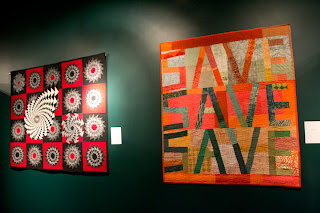 |
| Helen Remick’s “Spinning Out, Spinning In 1” (left) and Margaret Liston’s “Save” (right) |
Seattle Center put out a call to artists for large proposals to show during the 6 months of the Next 50 Celebration. The theme of the overall exhibit and performances was “Illuminating Today’s Challenges, Imagining Tomorrow’s Possibilities.” The call was set up as a two-tier process. You sent in an extensive original proposal through Café (Call for Entry), including a series of images representative of your art.
As I am the Exhibitions Co-Chair of the Contemporary QuiltArt Association, I prepared this proposal for our group. The second tier was like a call-back for an audition. Except now, you had to do an elaborate proposal, including budget, recommendations on where within the Seattle Center grounds that your exhibit would take place, showing how your art would benefit and reflect the theme of the Next Fifty, and finally a video to support your claims of your work.
 |
| Melisse Laing’s “Sorok dva – Russian Collaboration II” |
In the end, we did get chosen for an exhibition, but we did not receive any of the grant money… not a big problem as our group doesn’t typically get paid to exhibit. But when it came down to the “theme”, they decided they wanted to be even more specific. The dates chosen for our group’s exhibition were during September and October (2012). Each month of the celebration had a focus… September’s theme was “Commerce and Innovation” and October’s was “Civic Action.” So, the name given for our exhibit was “Possibilities: Fiber Artists Look at Innovation and Civic Action.” Can you imagine trying to get a group of quilt artists to tackle that as a theme? (Imagine a great big eye-rolling from me here.)
 |
| Artist and CQA President Marylee Drake with her piece “Gearing Up for the Future” |
But, somehow our artists always come through with a wonderful show as you can see from the photos above. Tomorrow, I’ll talk about and share some photos of the process I went through to make my piece “Graphene – The Miracle Material.”
You might also be interested in:
Designing for a Theme
A Day of Art
Making Fabric











